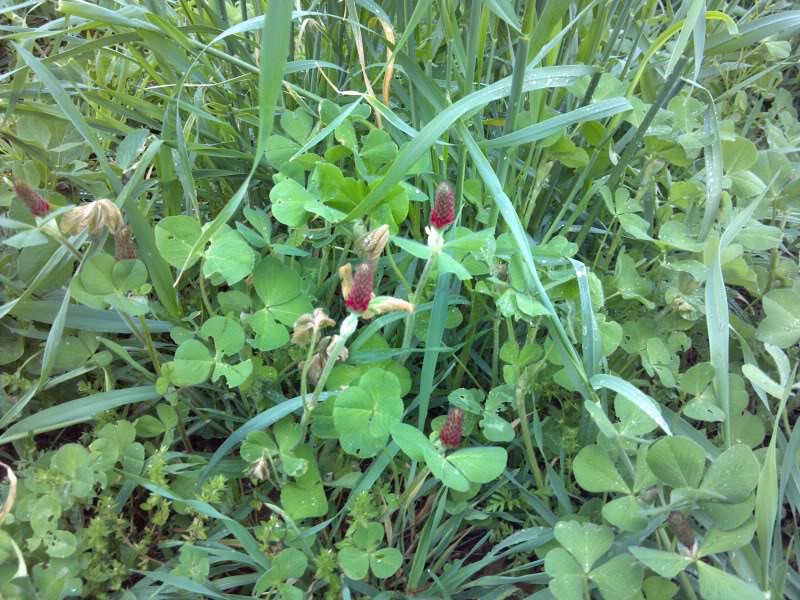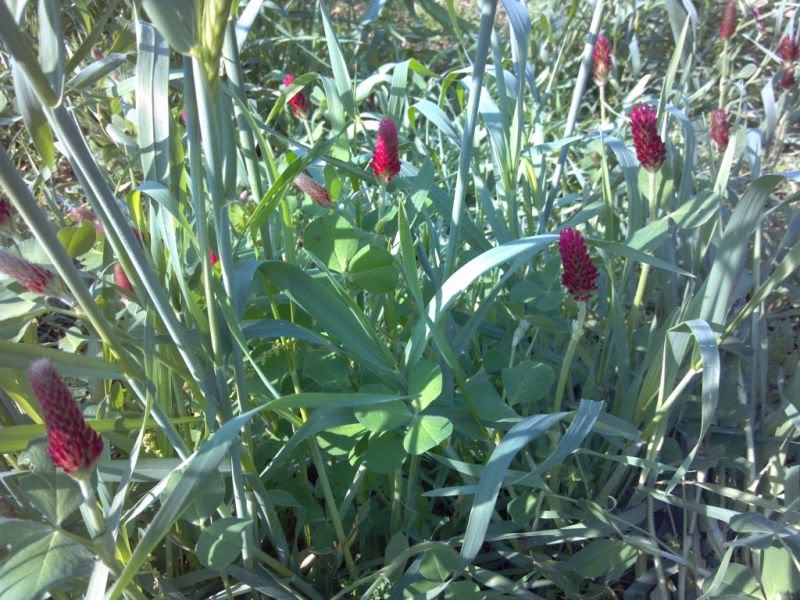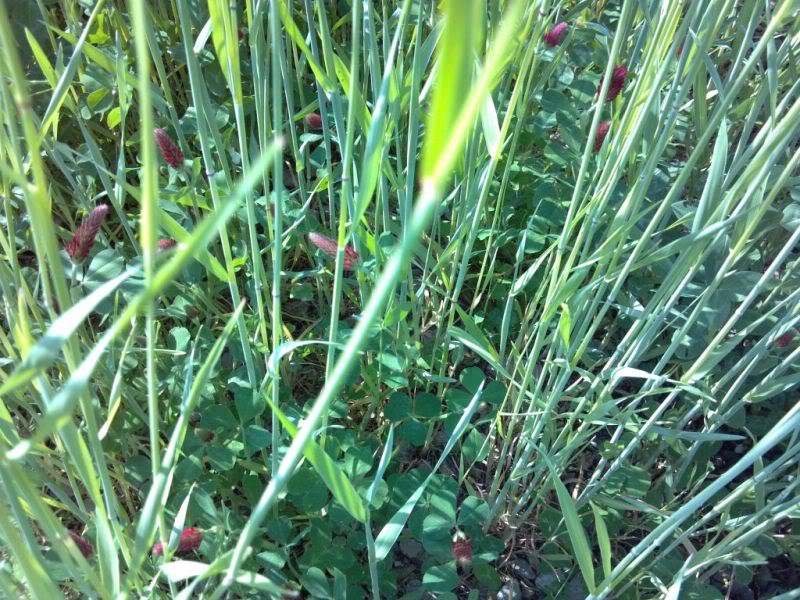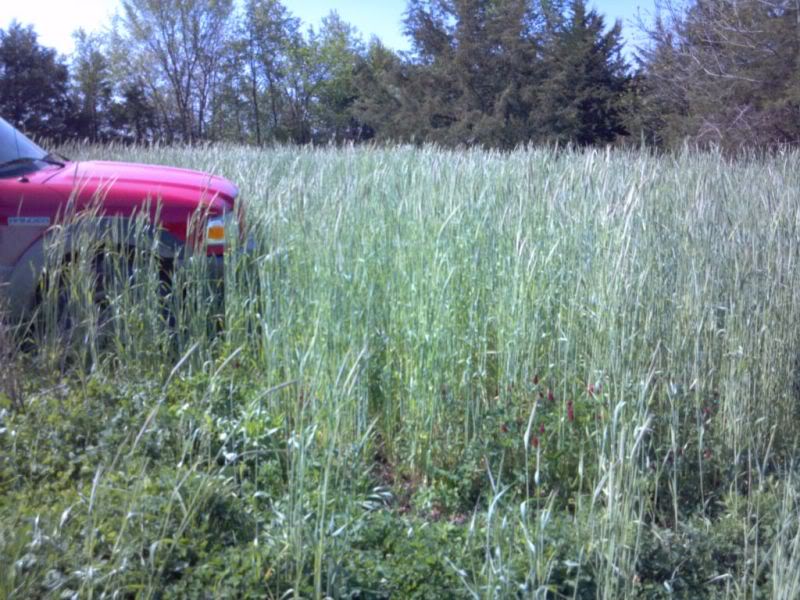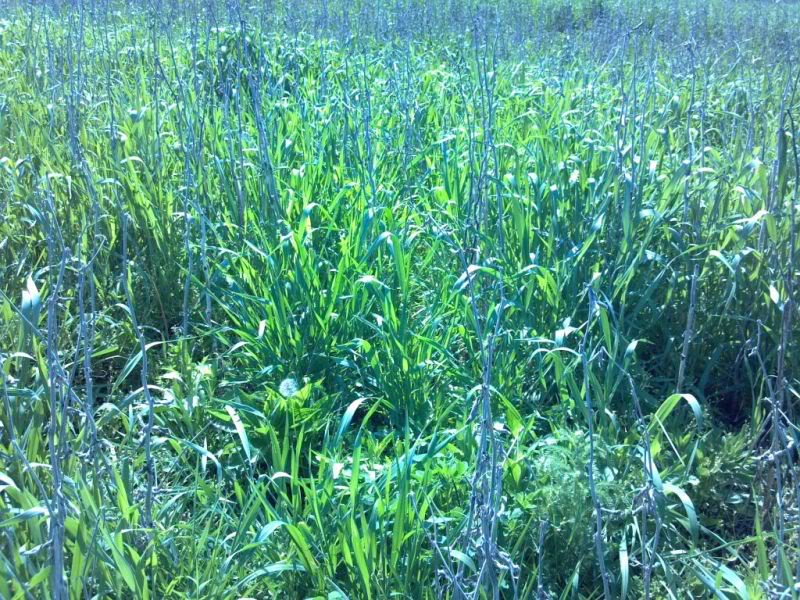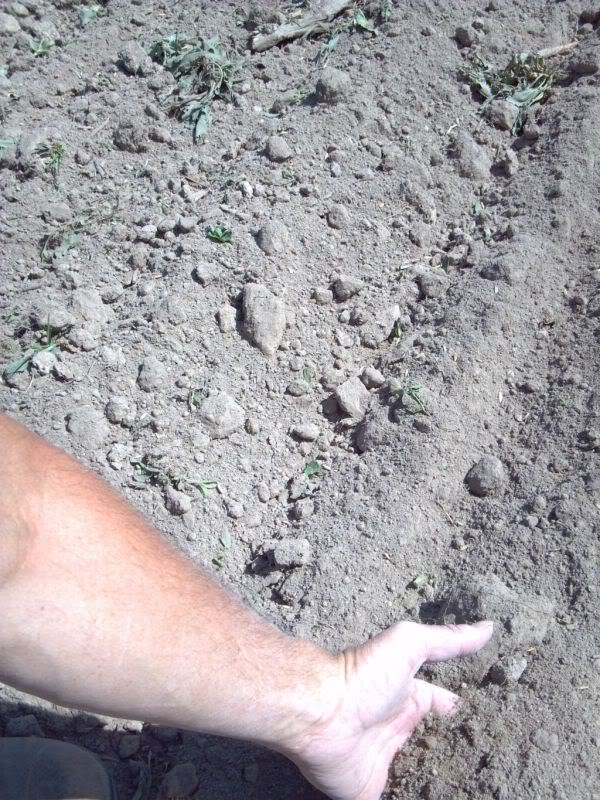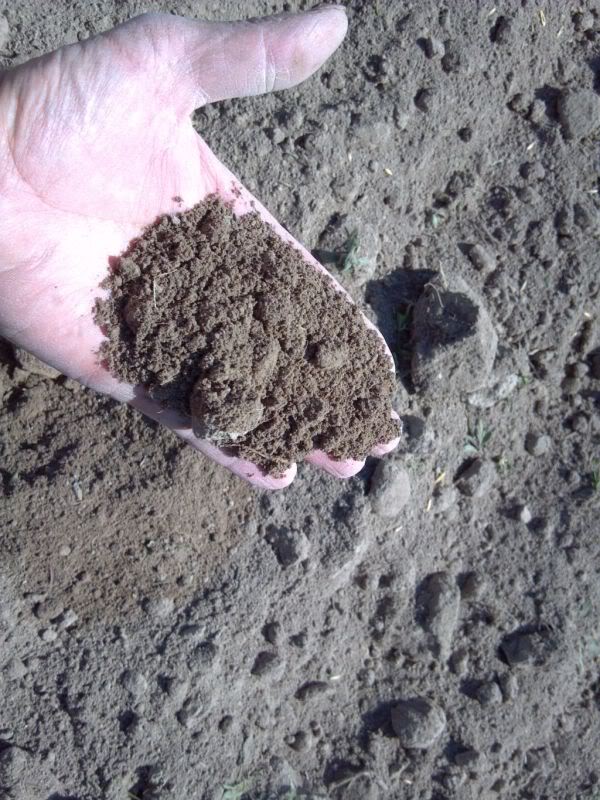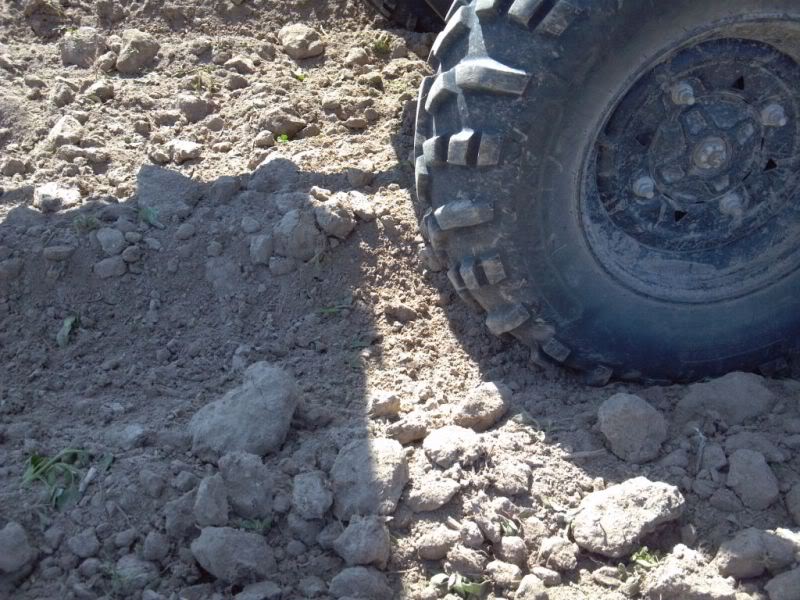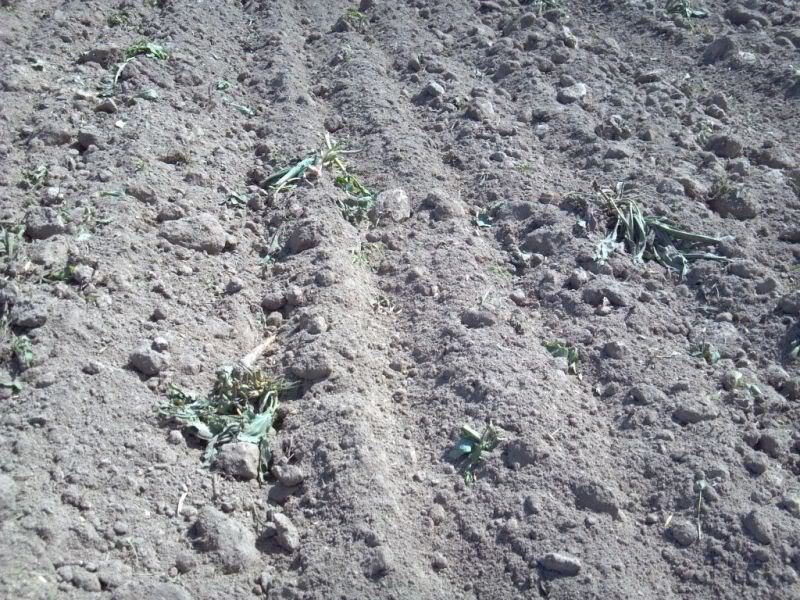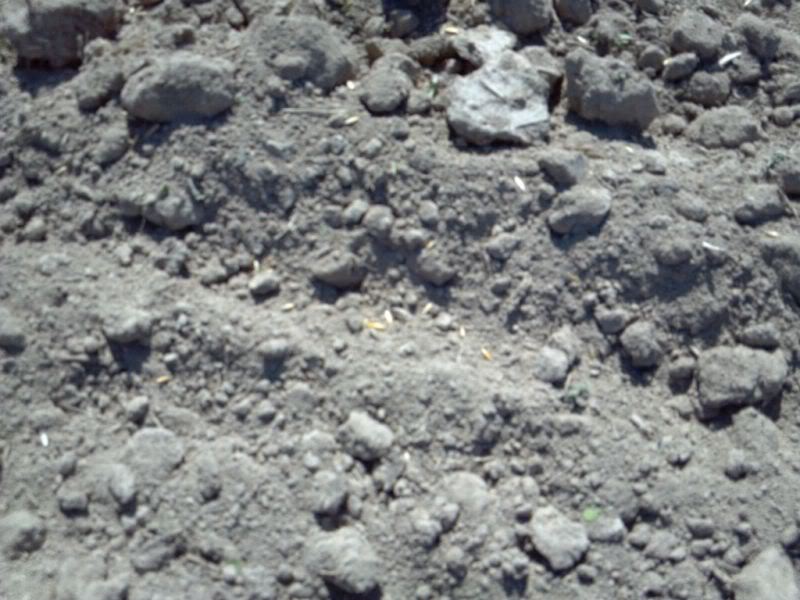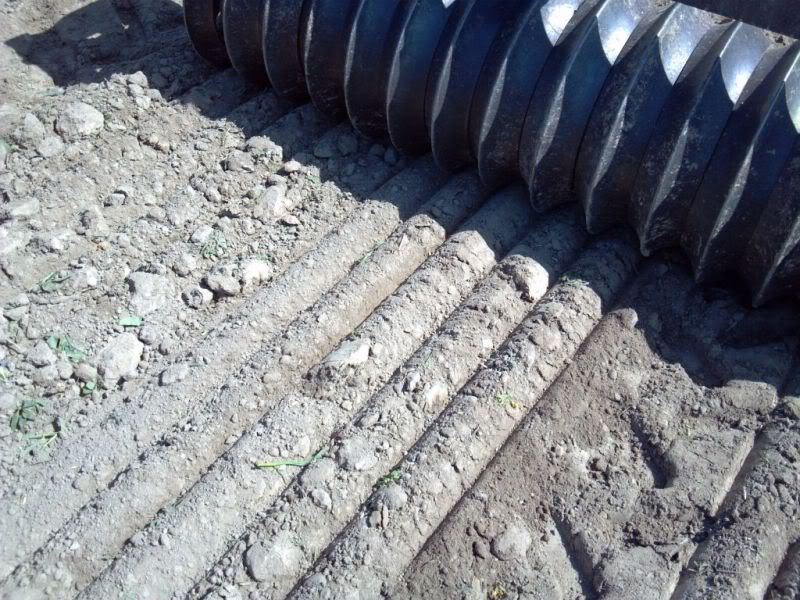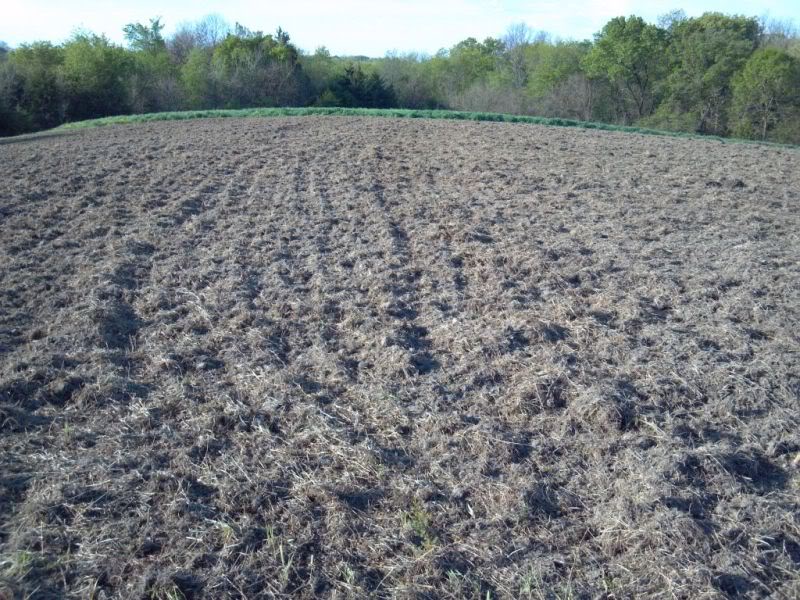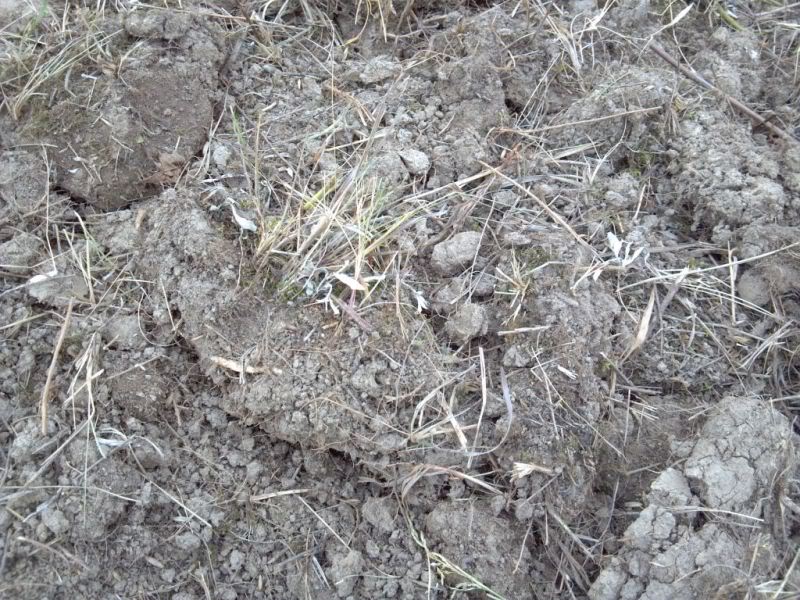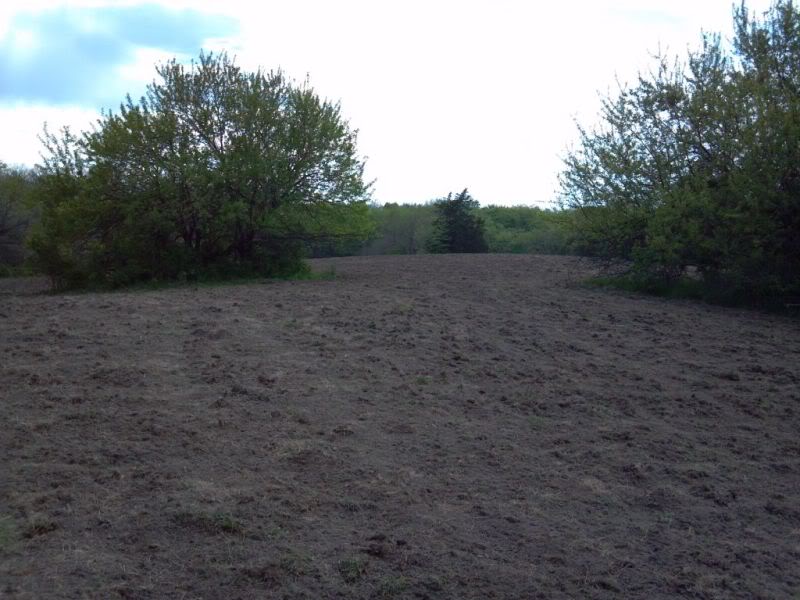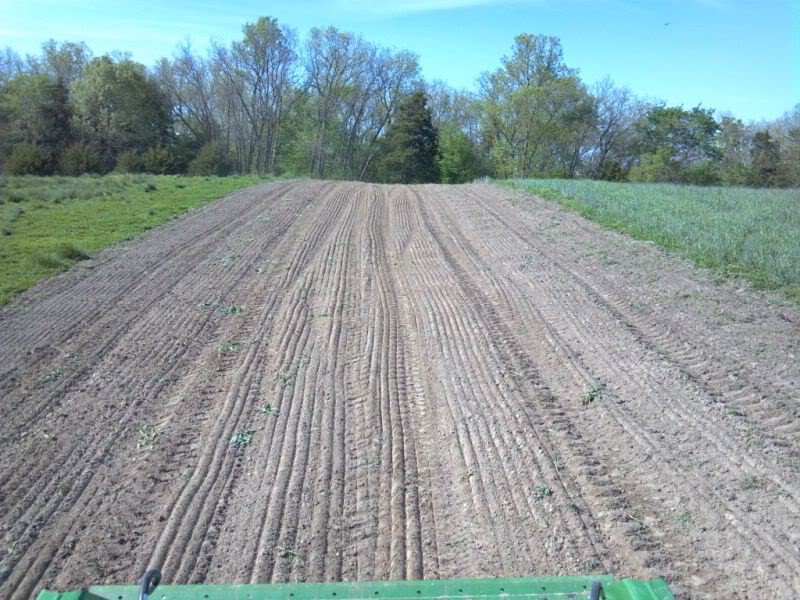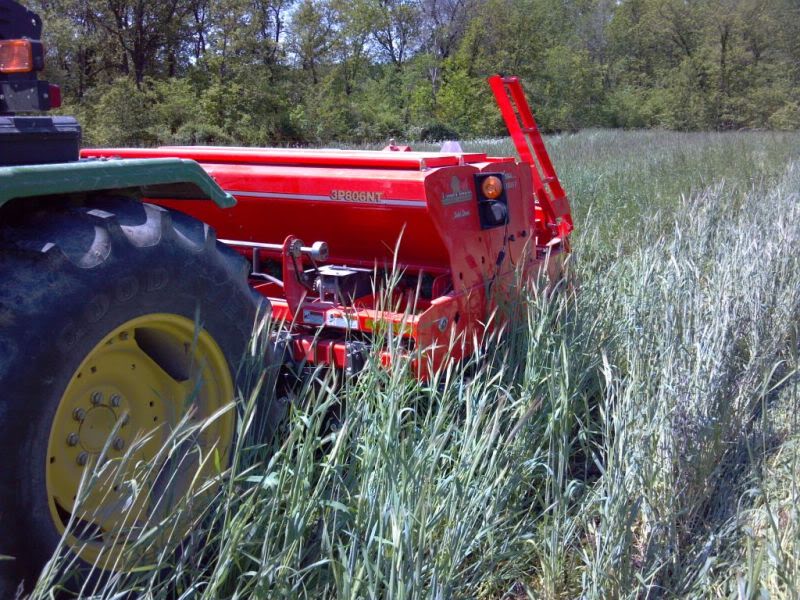Up here in central MN, what is the latest one would want to plant the oat/berseem mix and still see the sou building benefits if it would be plowed down is July for brassicas and the other half in late August for then rye mix.
As mentioned plant roughly 4-7 days ahead of your usual last frost date if possible or use crimson rather then berseem clover because it is a little more cold tolerant. Even 60 days growth will yield benefits so even if you plant in mid May you will reap rewards...
April 29th, 2012
The soil tilth and productivity of soils where the rye/brassica rotation has been used for at least several years is nothing short of amazing! The combination of winter rye and clovers, be it red, white or annuals ,like crimson quickly turns hard, poor, unproductive soils into beautiful productive soil!
Winter rye feeds deer all fall , winter and early spring while at the same time growing amazing root systems that scavenge nutrients and thwart weeds...as of yet I have not found a more productive combination for both deer and soils!
As the soils become more productive the rye grows amazingly fast and provides early spring cover as deer feed on the clover and all the while producing tremendous biomass to help build soils.
Winter rye broadcast into standing fall crops like soybeans and corn provided winter feed long after the grain was consumed insuring that deer did not leave for greener pastures and now is providing soil cover and scavenging nutrients that otherwise might be leached away
After nearly 5 years of using this rotation on one farm the difference is nothing short of amazing! We started with hard, poor clay subsoil that had been in pasture for decades with no fertilizer ever added and turned it into soil that anyone could envy!
Now high in organic matter, it held moisture during last summers drought and produced huge turnips
Once hardpan clay, the rotation of winter rye and brassicas that include Groundhog forage radish has loosened the hard soils
Some soils are so hard to start with that I can broadcast oats and clover and cultipack once to cover but this soil is so loose and fluffy I need to pack it after the oats before sowing clovers for fear of burying them several inches deep
Some of course can not see the reason for improving soils and set there sights only on a fall food source and that is folly that will eventually come back to haunt them. They can not provide year around food sources which causes deer to leave and adapts them to leaving and poor abused soils will not drain during wet weather nor hold moisture during droughts which increases the odds of failure and the probability of deer being forced to go to the neighbors to feed.
Don't make that mistake and don't be misled by expensive ads nor swayed by the doomsayers who know little about managing whitetails nor their land...
The landowners who hire me, trust me to turn tired old sod
that is nutrient starved and severely compacted
and abused pastures
that have not been tilled, fertilized or limed....ever
Into whitetail feeding meccas with outstanding soils that can grow crops reliably regardless of what nature throws at us...and you can do the same !
If you wish to be consistently successful, you must improve all facets of you habitat program by creating outstanding cover and natural browse and by providing year around food sources that feed both your deer and your soils....the choice is yours but the following mix is a rotation that will help you meet those goals...
Plant ALL in one plot in strips or blocks
Alice, Kopu II, Durana (or comparable) white clover 10% of plot, sow at 6#'s per acre with the rye combination in the fall or in the spring with oats and berseem clover. Correct Ph and P&K with soil tests
Brassicas in 45% of plot
Purple Top Turnips 3#
Dwarf Essex Rape 2#
GroundHog Forage radish 5#
Plant in mid to late July in most Midwest states, or 60-90 days before your first killing frost, Use 200#'s of 46-0-0 urea and 400#'s of 6-28-28 per acre. Follow the dead brassicas with oats and berseem or crimson clover in mid spring at 60#'s oats and 12-15#'s berseem clover and/or 50#'s of chickling vetch)
Cereal Grain combo in 45% of plot
Winter rye 50-80#'s per acre (56#'s = a bushel)
Spring oats 80-120#'s per acre (32#'s = a bushel)
Austrian Winter Peas or 4010/6040 Forage peas 20-80#'s per acre
Red Clover 8-12#'s per acre or white clover at 6#'s per acre (or 20-40 pounds hairy vetch and 20-30#'s crimson clover on sandy soils)
Groundhog Forage Radish 5#'s per acre
Plant in late August to early September, if following well fertilized brassicas use 100 - 200#'s of urea, if starting a new plot add 400#'s of 6-28-28
Rotate the brassicas and rye combo each year
